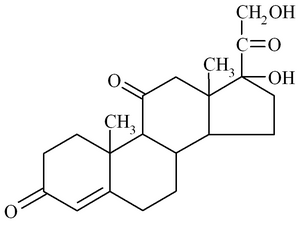BUNION
What it is: An enlargement (bump) at the base of the big toe.
What to do: (1) Avoid shoes that rub the enlarged area; (2) apply cold compresses to the affected spot; (3) soak your feet in lukewarm water; (4) try non-medicated, over-the-counter foot padding; (5) if your bunions cause you extreme pain, ask your doctor if you're a candidate for corrective surgery.
CORN
What it is: A thickening or buildup of skin over a bumpy prominence on the foot.
What to do: (1) Use nonmedicated padding, and try over-the-counter ointments; (2) have your doctor trim the corn if it hurts.
FUNGAL NAIL
What it is: A thickened, discolored, loose or deformed toenail caused by a fungus.
What to do: (1) See your doctor about appropriate medications or removal of the nail; (2) don't use nail polish to cover it up; (3) practice good foot hygiene by carefully washing and drying the feet daily; (4) as a preventive measure, keep shoes and socks as dry as possible.
Breakthrough: "If you catch a fungus early on, you can sometimes reverse the condition without having to resort to traditional oral medications that can take months to erase the fungus," says podiatrist Nancy Fradin, D.P.M., of Johns Hopkins Community Physicians in Baltimore. Her dream cream is an over-the-counter product called Clearly Confident Fungus Treatment Military Strength. "It has worked for so many of my patients, I even recommend using it as a preventive measure, especially if you get frequent pedicures," she adds.
HAMMERTOE
What it is: Bony prominence on the toe.
What to do: (1) Try cold compresses; (2) soak feet in lukewarm water; (3) stretch your toes daily to maintain flexibility; (4) if you experience pain, ask your doctor about cortisone injections or corrective surgery.
HEEL PAIN
What it is: Also known as plantar fasciitis or spur syndrome. This pain can be attributed to foot type, excessive foot motion that places too much stress on the heel bone, poorly made shoes, excessively worn footwear or weight gain.
What to do: (1) See a podiatrist for treatment options; (2) exercise or stretch feet daily; (3) don't walk barefoot or in backless shoes; (4) wear shoes with a supportive arch and a firm heel; (5) wear lower heels or at least vary your heel heights.
Breakthrough: Ask your doctor about extra corporeal shock wave therapy. "Consider this highly effective treatment if more conservative heel pain therapies have failed," says podiatrist Jane Andersen, D.P.M., of Chapel Hill, North Carolina. "This noninvasive procedure, which does require local anesthesia with or without sedation, sends shock waves into the feet, creating an inflammatory response that triggers healing," adds Andersen. One 15-minute treatment does the job for about $6,000. It's successful in about 70 percent of cases and can be a permanent cure. Most insurers cover this treatment.
RESOURCE: Definitions and "What to do" solutions courtesy of The American Podiatric Medical Association. Visit apma.org for additional information.
COPYRIGHT 2005 Essence Communications, Inc.
COPYRIGHT 2005 Gale Group



